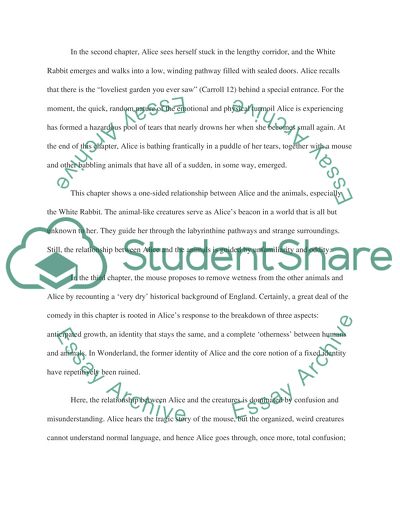Cite this document
(“Alice in Wonderland by Lewis Carroll Book Report/Review”, n.d.)
Retrieved from https://studentshare.org/literature/1658356-writer-choice
Retrieved from https://studentshare.org/literature/1658356-writer-choice
(Alice in Wonderland by Lewis Carroll Book Report/Review)
https://studentshare.org/literature/1658356-writer-choice.
https://studentshare.org/literature/1658356-writer-choice.
“Alice in Wonderland by Lewis Carroll Book Report/Review”, n.d. https://studentshare.org/literature/1658356-writer-choice.


